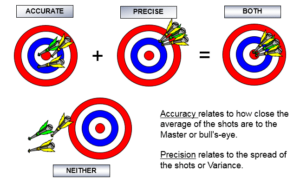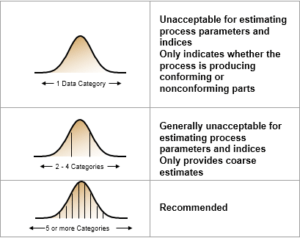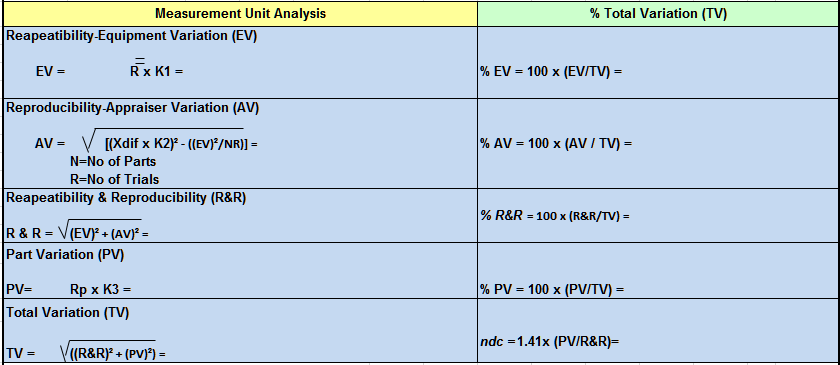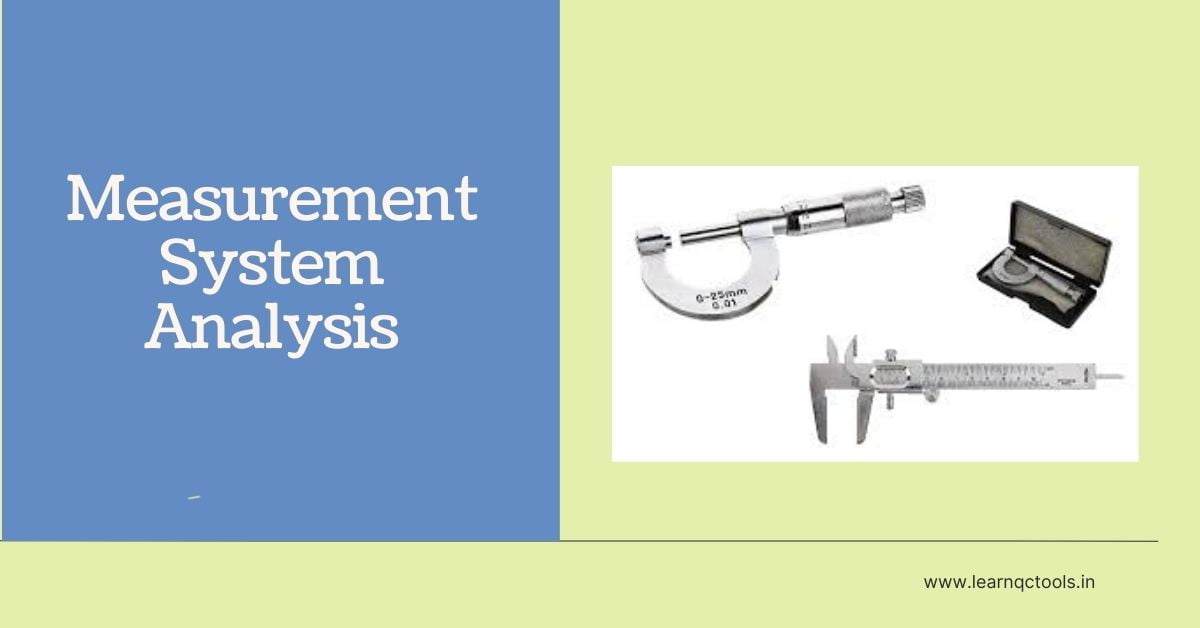Measurement System
A measurement System is the collection of instruments, standards, operations, methods, fixtures, software, inspectors, environment & assumptions used to quantify a unit of measure or fix assessment to the feature characteristics being measured. It is the complete process used to obtain a measurement during measurement system analysis. It is one of the 5 core tools.
Measurement System example :
To measure the diameter of a pipe, we need a system that includes:
- Item / Part for checking
- The inspector who will check (Appraiser)
- Method to use the instruments
- Environment
- Instruments
- Standard/Drawing
As a result of the activity, we decided based on a diameter value.
Measurement System Analysis (MSA):
MSA primarily deals with consulting on the effect of the measurement system on the measured value.
The objective of MSA is to assess the quality of the measurement system. We test the system to determine its statistical properties and use them in comparison with accepted standards, our needs & customer requirements.
Types of Measurement System Analysis:
There are two types of measurement system analysis:
- Variable MSA
- Attribute MSA
You may like to know about the Attribute MSA Study
How to implement a good measurement system?
1. Identify all inspection, measuring & test equipment.
2. Ascertain bias, linearity & stability.
3. Conduct a variation study.
4. Provide validity of previous results when the measuring instrument is out of calibration.
5. Ensure handling, preservation, cleaning, maintenance & storage of all instruments.
6. Use all criteria of measurement system analysis.
Measurement System Error Classification:
Here we will discuss Variable MSA and below are the error classifications.
- Bias
- Stability
- Linearity
- Repeatability
- Reproducibility
Bias:
It is the difference between the observed average of measurement & the reference value.
As a systematic error component of the measurement system.

Stability:
The change of Bias over time is called stability.
A stable measurement process is in statistical control with respect to time.

Linearity:
The change in Bias over the normal operating range. The correlation of multiple & independent bias errors over the operating range.

Repeatability (Equipment Variation):
Variation in measurements obtained with one measuring instrument when used several times by an Appraiser while measuring the identical characteristics on the same part.
The variation in successive trials under fixed & defined conditions of measurement.
Repeatability is within the system variation.
Reproducibility (Appraisal Variation):
Variation in the measurement average made by different appraisers using the same instruments when measuring characteristics on one part.
Reproducibility is between the system variations.
Gauge R & R Acceptance Criteria:
- If % GRR is less than 10%, the system is acceptable.
- If % GRR is between 10% to 30%, the system may be acceptable at the cost of gauge & cost of repair.
- If % GRR is more than 30%, the system needs improvement or corrective action.
Accuracy & Precision:
Accuracy:
Accuracy is how close is the measurement value is to the reference value / actual value.
Precision:
Precision is the closeness of repeated readings to each other.
Accuracy and precision are not calculated as part of MSA.

Number of distinct categories (NDC):
The number of distinct categories tells you how many separate groups of parts the system can distinguish.
NDC = (Part Variation/Gage R&R) x 1.41
It is recommended that NDC should be equal to and more than 5


Standard Table for A2, D3, D4, K1, K2, K3 :

Equipment variation, Appraisal Variation, Repeatability & Reproducibility & Total Variation formula:

Variable MSA Format:



Precisely and Accurately MSA has been present in nutshell 👌👍
I CAN’T UNDERSTAND OF K1,K2,K3 MEANING PLEASE EXPLAIN
Thanks for your feedback.
The terms K1, K2, and K3 are constants used to calculate measurement variation components. They depend on the number of trials (repetitions) and the number of appraisers/operators in your MSA study.
Can you please give me the password to unprotect sheet. I need to add some descriptions there for my colleague, but I cannot.
Please write a email regarding your requirement.